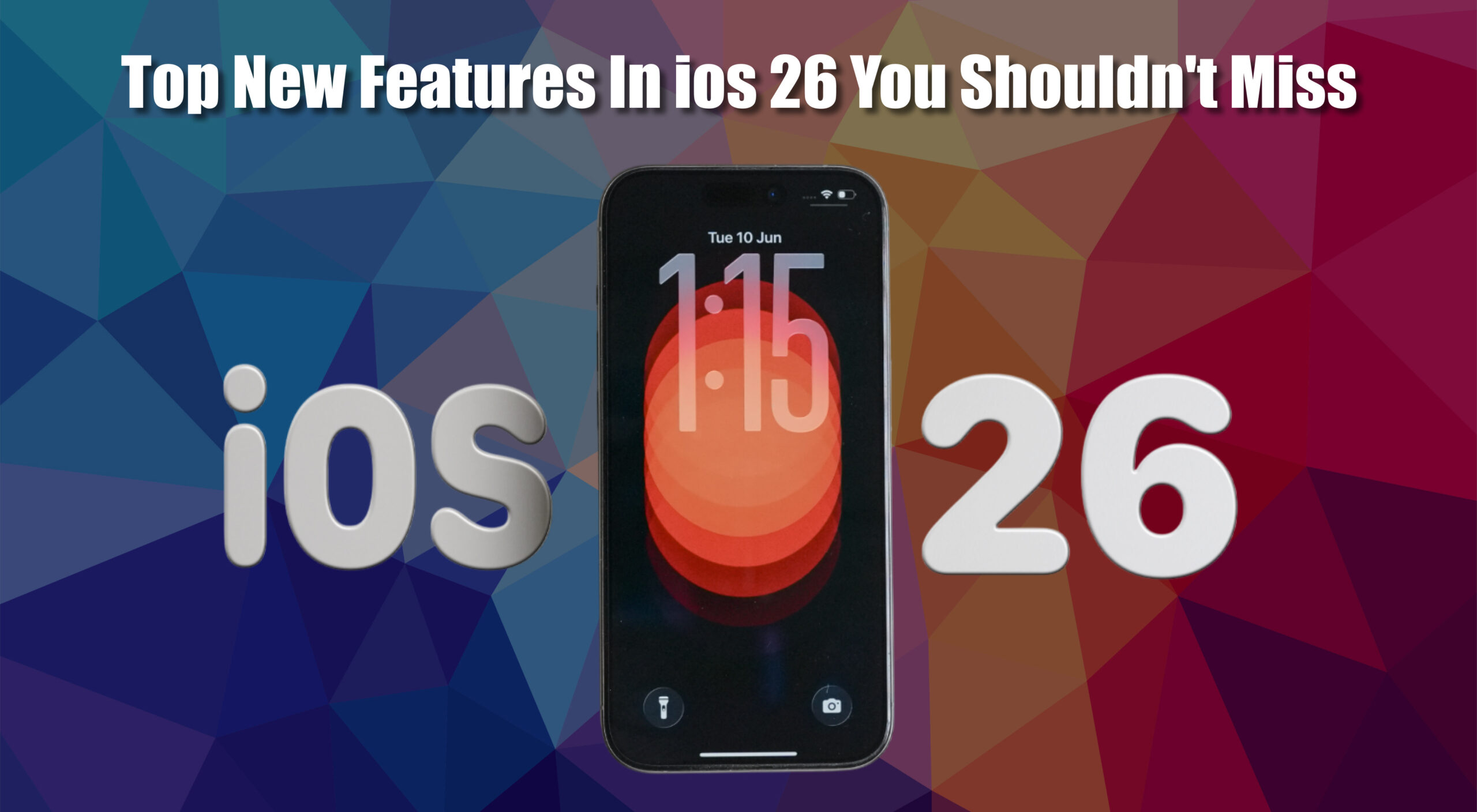In 2025, smartphone performance is not exclusive to ultra-flagships anymore. With mid premium chipsets such as the Snapdragon 8s Gen 4 and Dimensity 9400e, brands can provide close to flagship experiences in more affordable devices. But what sets these two processors apart? Although they may look identical on paper, each has its own strengths based on design philosophy, architecture and actual world abilities. This in-depth look examines their major differences so you can make a better decision.
Differences Between Snapdragon 8s Gen 4 and Dimensity 9400e
1. Design Philosophy and Market Positioning
Qualcomm’s Snapdragon 8s Gen 4 is essentially a “lite” version of its flagship 8 Gen 4, designed to bring most of the high-end features into a more affordable package. It doesn’t compromise drastically on performance but scales back slightly in areas like GPU and peak clock speeds to reduce cost and power consumption. It’s targeted towards devices that miss the top of the line category by a hair but still require best-of-breed performance, like the Xiaomi Civi 4 Pro or Honor 100 series.
It is different in the case of the Dimensity 9400e, MediaTek’s efficiency conscious cousin to the full-blown Dimensity 9400. While keeping a lot of the AI and image processing capabilities, its primary aim is to provide flagship level performance in thinner, cooler and more power efficient devices. It’s MediaTek’s push to make its upper-tier lineup more refined by providing differentiated products for devices that equally prioritize thermals and energy consumption as they do with speed.
2. CPU Design and Performance
Snapdragon 8s Gen 4 will likely employ a tri-cluster design, possibly consisting of one high-performance Cortex-X4 core, a few Cortex-A720 mid-cores and power efficient Cortex A520 cores. Official specifications have not been made available, but the design closely resembles previous premium offerings with mild adjustments. Clock rates are said to reach up to 3.0 GHz for the flagship core.
Conversely, the Dimensity 9400e is anticipated to embrace ARM’s newest Cortex-X5 core as its beast. It is fabricated on TSMC’s 3nm process that not only maximizes efficiency but also enables more elevated performance caps at reduced voltages. MediaTek is going all out into next-generation ARM v9 instruction sets and the inclusion of X5 probably provides it with a tiny edge in plain CPU benchmarking.
Both chips will breeze through everyday tasks in real world usage, but the Dimensity 9400e is far more capable when it comes to long term performance in CPU intensive tasks such as heavy document editing, AI-facilitated photo processing or load based multitasking.
3. GPU and Gaming Experience
In mobile gaming, the GPU has just as significant a role to play as the CPU and Qualcomm usually excels here. The Snapdragon 8s Gen 4 has a down-sized variant of the Adreno GPU (potentially the Adreno 830 series family member). Qualcomm’s GPUs have a reputation for close integration with game APIs, lower thermal generation in extended sessions and improved high frame rate support in heavy hitters.
The Dimensity 9400e, on the other hand, will probably come equipped with a next-generation Immortalis or Mali-G720 GPU, which represents an improvement in power and efficiency from MediaTek. Over the last two years, MediaTek has significantly improved its gaming optimization, bringing it close to Qualcomm in most games. Still, Qualcomm continues to hold the lead in driver stability, game-by-game tuning and thermal consistency when used for extended periods of time.
Gamers and users who value consistently smooth frame rates in games such as Genshin Impact or Call of Duty: Mobile will likely see ever so slightly improved sustained performance on the Snapdragon 8s Gen 4.
Also Read: CPU vs GPU: Understanding the Difference
4. AI and NPU Capabilities
Both chipsets are designed with the future of artificial intelligence (AI) in mind. The Snapdragon 8s Gen 4 features Qualcomm’s Hexagon NPU and AI Engine, supporting capabilities such as on-device language translation, camera scene detection and generative AI use cases. It allows running large language models (LLMs) like Meta’s Llama 2 or Google’s Gemini Nano directly on the device, enabling smart reply, text summarization and AI photo editing offline.
MediaTek’s Dimensity 9400e responds with its enhanced APU (AI Processing Unit) as part of its APU 790 series. It provides faster token per second performance for executing transformer models, improved mixed precision (FP16/INT4) support and AI-enhanced camera features. MediaTek focuses on real-time voice assistants and smart camera processing and it is capable of executing slimmed LLMs on-device with minimum power consumption.
5. Power Efficiency and Thermal Management
This is one of the largest areas of difference. The Snapdragon 8s Gen 4 is built with TSMC’s 4nm process node—most likely the N4P version which is established and effective. But the Dimensity 9400e leaps ahead using TSMC’s 3nm (N3E) node. This is one of the first mainstream mobile chips to employ 3nm outside the Apple ecosystem.
The payoff? The Dimensity 9400e should enjoy longer battery life, particularly under standby or low-load situations. It should also produce less heat under long-term workloads, being a good option for slim and thermally restricted designs.
Designers that consider battery longevity and cooler running, as with foldables or small phones, will benefit from the Dimensity 9400e’s superior process.
6. Imaging and Multimedia
Qualcomm continues to innovate with image signal processing (ISP). Snapdragon 8s Gen 4 accommodates up to 200MP camera sensors, multi-frame HDR video and 8K video recording with enhanced low-light performance. It also comes with Qualcomm’s always-on ISP feature for savvy ambient awareness and rapid wake to- capture times.
MediaTek’s Dimensity 9400e also has support for big camera sensors and multi-frame HDR but takes it further with AI augmentation for real-time video beautification, background replacement and scene segmentation. It is more inclined towards leveraging AI to boost imaging features than brute-camera specs.
For photography aficionados, Snapdragon provides unadulterated camera performance. However, for everyday users who wish for improved photos and videos with less hassle, MediaTek’s focus on AI could be more attractive.
Also Read: Best Processor for Android Phones in 2025
7. Connectivity Features
Little divides the two on wireless features. Both chipsets offer 5G with sophisticated carrier aggregation, WiFi 7 and Bluetooth 5.4. Qualcomm employs a bit more evolved X70 modem in the Snapdragon 8s Gen 4 and MediaTek’s own modem provides strong peak rates and consistent coverage as well.
Most users will see little difference in their connectivity experience.
Conclusion
Finally, the selection between the Snapdragon 8s Gen 4 and the Dimensity 9400e depends on your preferences:
If gaming performance, improved GPU optimizations and marginally improved camera hardware management are what you care most about, the Snapdragon 8s Gen 4 is the better choice.
If power efficiency, AI-centric features and utmost-edge fabrication process are priorities for you, the Dimensity 9400e wins.
Both chips are extremely capable and neither one is a bad option. The choice ultimately may come down to the device they’re installed on—so listen closely to thermal design, camera execution and software support when deciding what phone to upgrade to next.











